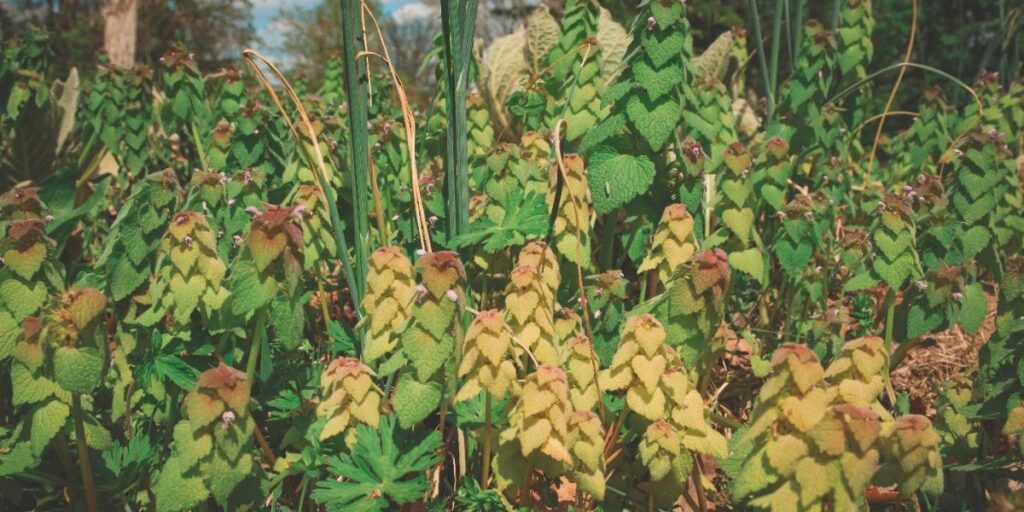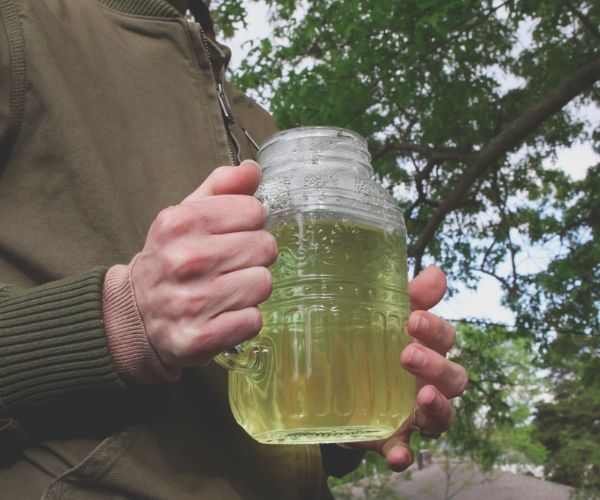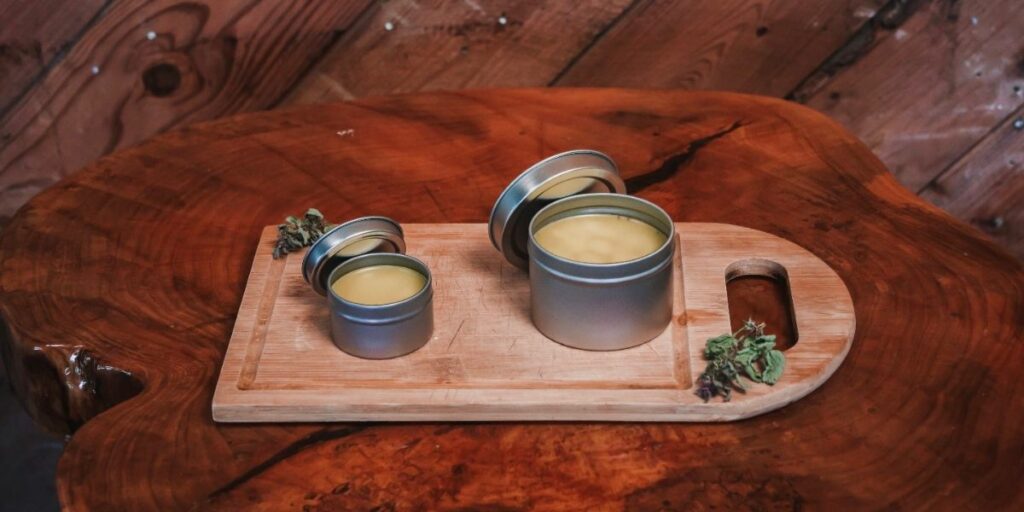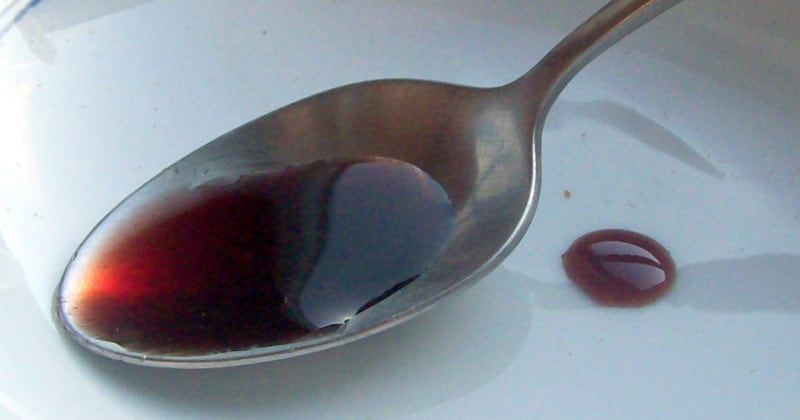Have you got a patch of purple dead nettle in the yard?
Instead of mowing it down, consider gathering it up. This marvelous member of the mint family may seem like a weed, but it’s a powerful medicinal plant and a delicious addition to many spring recipes.
Learn how to identify purple dead nettle.
Read on to discover all the creative ways you can use purple dead nettle and learn how it can benefit your everyday life.
1. Spring Vegetable

Purple dead nettle is delicious! The leaves taste a bit like spinach but have a slightly bitter, spicier flavor reminiscent of arugula. You can make frittatas, soups, or even a fun wildflower pesto.
If you’re basing a dish around purple dead nettle, cooking it or blending it up is the way to go. Uncooked leaves are too fuzzy to be eaten alone, but you could add a few as a garnish or salad topper.
2. Earthy Herb
Purple dead nettle is a springtime plant, but what if you want that flavor throughout the year? Just dry your nettle. You can lay out fresh purple dead nettle on napkins and leave it to air-dry for about a week or use a dehydrator to dry it faster. Then, grind it up and use it as a sprinkling herb.
It isn’t as intense as other traditional herbs, like basil and oregano, but it will add a bit of earthy spice. The milder flavor makes it versatile, so you can put it in salads and soups or even bake it in loaves of bread.
3. Antioxidant Tea

You can use fresh or dried purple dead nettle to make great-tasting medicinal teas. Purple dead nettle and many other members of the mint family have powerful antioxidant properties that can reduce stress, combat the effects of aging, and improve cognitive function.
Steeping the dead nettle in hot water for five minutes or in cold water for several hours may help increase antioxidant bioavailability. You can add honey, mint, or other herbs to make the mixture more potent and flavorful.
Read more about foraging for wild tea.
4. Oil Infusion
Try steeping your purple dead nettle in oil to make a fragrant infusion. This is an easy and simple way to use the plant, giving you a versatile “base method” to enjoy the benefits.
Much like rosemary oil, purple dead nettle oil can be used therapeutically, medicinally, and culinarily. You can cook with the oil, rub it on your skin, or use it as a starting point for more complex creations, like salves and skin-care products.
5. Wound Poultice
Purple dead nettle is an astringent and antimicrobial agent with impressive antibacterial, antibiotic, and antifungal effects. This makes it a powerful bush medicine that can help stop bleeding and prevent infection in open wounds.
If you get cut, burned, or bitten by bugs in the field, crush purple dead nettle to release the juices and apply it to the wound until you can get alternative care.
6. Antibiotic Salve

Once you’re out of the field, you aren’t out of danger. Wound care is an ongoing process, and purple dead nettle’s antibiotic properties can help.
Apply a thin layer of purple dead nettle salve on a wound to prevent infections, promote healing, and protect the injury from stray debris. You can also use purple dead nettle salve on chapped lips, fingernails, and sunburns.
7. Medicinal Tincture
Alcohol-based purple dead nettle tincture has been used in folk medicine for centuries. It has a mild laxative and diuretic effect that can help with UTIs and edema. Its powerful blend of antioxidants, vitamin C, and other immune-boosting compounds make it helpful during flu season, while its anti-inflammatory phenols and flavonoids soothe earaches, headaches, and gut issues.
8. Essential Oil
Unlike an oil infusion, essential oil is much more concentrated. This potent extract will yield higher antioxidative capabilities than teas or tinctures, so the benefits will be much more significant.
Applying a bit of diluted essential oil to affected areas could also help clear skin infections and pigmentation issues.
9. Throat Spray

Purple dead nettle throat spray is a wonderful treatment for colds and sore throats. The anti-inflammatory effects can bring down swelling, while antioxidant properties support the immune system and help you get better sooner.
There are rumors that purple dead nettle also acts as an antihistamine, which may benefit those suffering from seasonal allergies. Alternatively, you can put purple dead nettle in homemade cough drops or add it to a homemade cough medicine.
10. Muscle Balm
Purple dead nettle can reduce swelling and soothe muscle soreness and joint pain. If you hit the gym especially hard or spend all day tilling a field, you might strain something. Rub some purple dead nettle balm on the affected area and wait a few moments for relief.
You might also use purple dead nettle balm for arthritis pain or older musculoskeletal injuries. You can add mint for a refreshing aftertaste and use it on the lips, or apply it after a sunburn to ease the sting.
11. Skin-care Products
You can create all sorts of excellent care products with purple dead nettle. Try using your oil infusion to make an antimicrobial lip balm, or add a few drops of essential oil to lotions and creams.
You can begin your skin-care adventure with pre-made products from the store or add purple dead nettle to DIY hair and skin-care products like wood ash soap.
12. Chicken Feed
Many chickens enjoy purple dead nettle. The herb is slightly aromatic, so animals like rabbits, goats, and chickens might not like it as much when fresh. But if you have a huge patch you want to get rid of, consider drying it out and tossing it to them. It is completely safe for humans and animals alike.
Purple dead nettle provides the perfect opportunity to utilize your land creatively while healing, nourishing, or simply spicing up your life. If you’re ready to try some of these ideas, head outside and forage a basket today!


This is a new adventure into the knowledge of herbs for us.
Such a versatile herb for all season uses. Served on or off the table into many delights. Thank you
Thank you for this very thorough article!! Very helpful!
Would love to be on your mailing list!